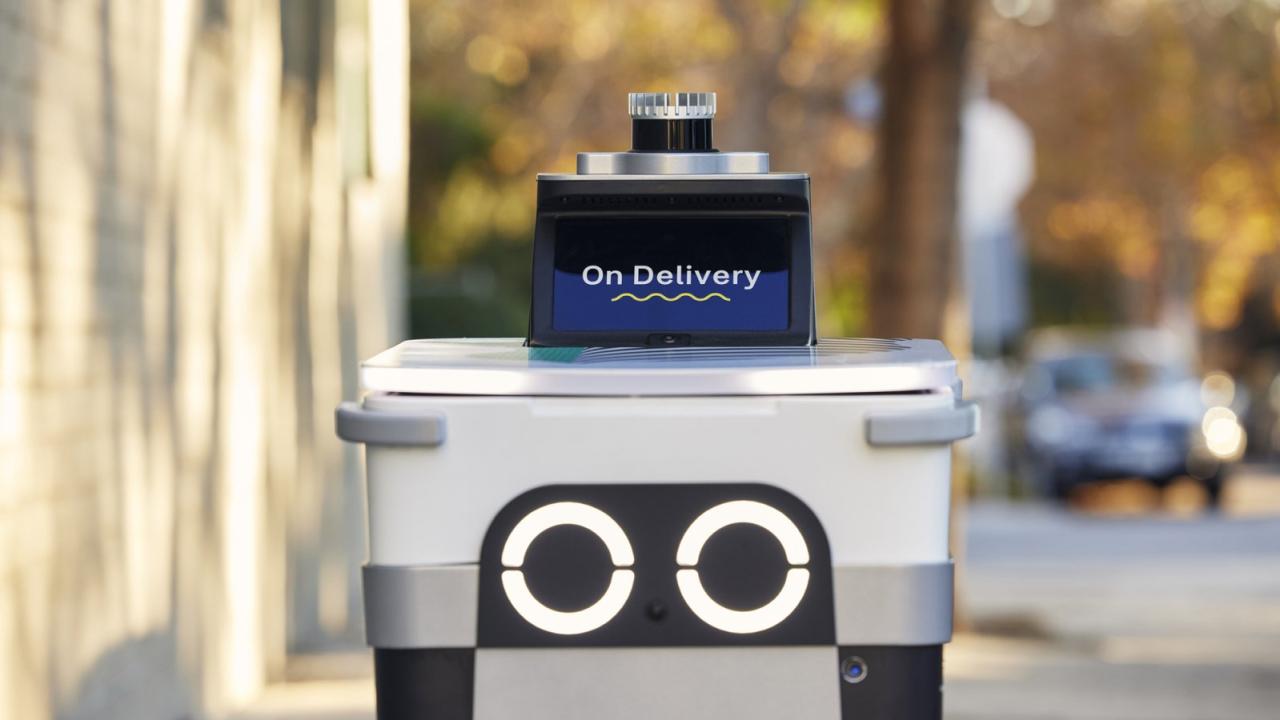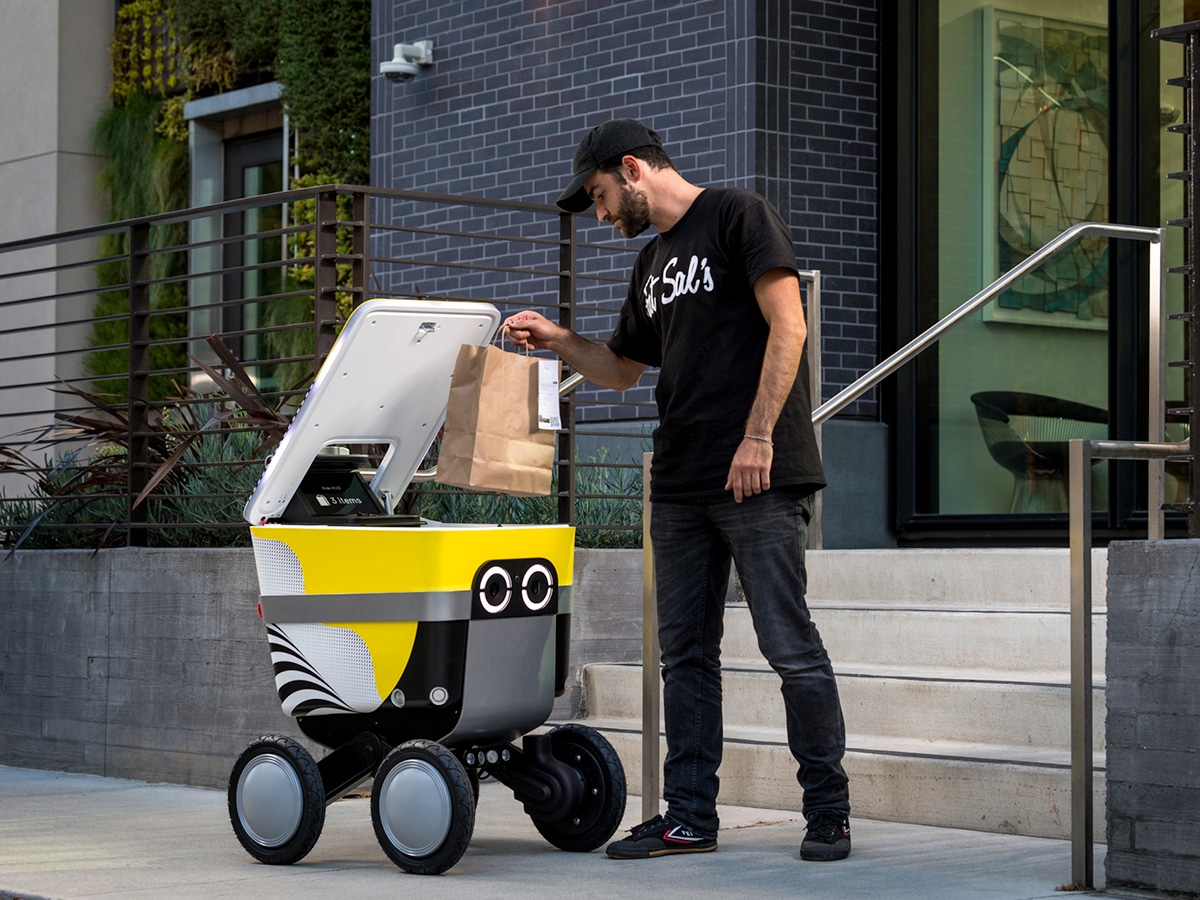In an era where technology continually reshapes our daily lives, Uber has embarked on a transformative journey to redefine food delivery through the deployment of autonomous delivery robots. This innovative approach aims to enhance efficiency, reduce environmental impact, and address labor shortages in the delivery sector.
A. The Genesis of Uber’s Robotic Delivery Initiative
Uber’s foray into autonomous delivery began with strategic partnerships aimed at integrating cutting-edge robotics into its Uber Eats platform. Collaborations with companies like Serve Robotics, Cartken, and Avride have been pivotal in developing and deploying these delivery robots across various cities.
Serve Robotics, a spin-off from Uber, has been instrumental in this initiative. Their third-generation robots boast enhanced capabilities, including increased carrying capacity and improved navigation systems, enabling them to operate efficiently in urban environments .
B. Technological Advancements in Delivery Robots
The delivery robots employed by Uber are equipped with state-of-the-art technology to ensure safe and efficient operations:
-
Artificial Intelligence and Machine Learning: These technologies enable robots to navigate complex urban landscapes, recognize obstacles, and make real-time decisions.
-
Sensor Integration: Advanced sensors, including LiDAR and cameras, provide a 360-degree view, facilitating obstacle avoidance and precise navigation .
-
Enhanced Battery Life: The latest models can operate for extended periods, covering more ground without the need for frequent recharging.
-
Secure Compartments: To maintain food quality and safety, robots are designed with insulated compartments that keep deliveries at optimal temperatures .
C. Global Deployment and Expansion
Uber’s autonomous delivery robots have been introduced in several cities worldwide, marking significant milestones in the company’s expansion strategy:
-
Los Angeles, California: Serve Robotics’ robots have been delivering for Uber Eats, including partnerships with restaurants like Shake Shack .
-
Miami, Florida: In collaboration with Cartken, Uber launched robot deliveries in the Dadeland area, with plans to expand further .
-
Jersey City, New Jersey: Uber introduced its first East Coast robot delivery service, offering customers the option to choose between robot and human couriers .
-
Tokyo, Japan: Addressing labor shortages, Uber deployed delivery robots in Tokyo’s Nihonbashi district, marking its first international market for autonomous deliveries .
D. Addressing Challenges and Public Perception
While the integration of delivery robots presents numerous advantages, it also brings forth challenges:
-
Regulatory Hurdles: In countries like Australia, the deployment of delivery robots faces legal and regulatory uncertainties, hindering widespread adoption .
-
Privacy Concerns: The use of cameras and sensors raises questions about data privacy, especially when footage is utilized in legal proceedings .
-
Public Acceptance: Some individuals express skepticism about the reliability and safety of autonomous delivery robots, highlighting the need for public education and trust-building measures.
E. The Future of Autonomous Deliveries
Uber’s commitment to expanding its autonomous delivery services is evident in its plans to deploy up to 2,000 Serve Robotics’ robots across the U.S. by 2025 . This ambitious goal underscores the company’s vision of integrating robotics into its delivery ecosystem, aiming to enhance efficiency, reduce emissions, and meet growing consumer demands.
Furthermore, Uber’s partnerships with companies like Avride signal a broader strategy to incorporate autonomous vehicles into both delivery and ride-hailing services, potentially revolutionizing urban transportation and logistics .















